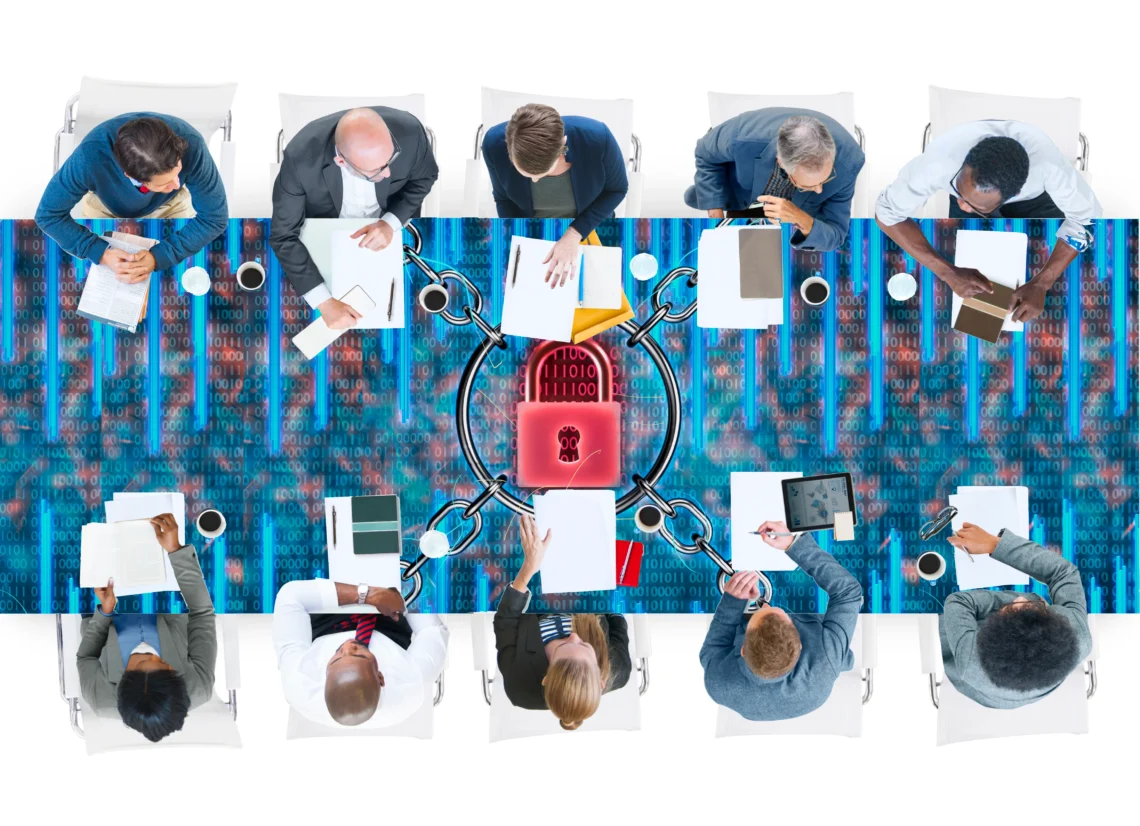
Boardroom Briefing: Cybersecurity as a Strategic Imperative
Introduction
Over the past few months we have had a lot of requests for Cyber Security briefings as the profile of attacks is becoming more widespread, and the scale of the attacks more damaging. This briefing summarises the global cyber security market and is intended to provide a business focused briefing to senior executives.
Part I: Global Cybersecurity Market Overview
Cybersecurity is no longer a backend IT concern. It is a top-tier boardroom priority, directly linked to business continuity, shareholder value, and brand trust. CEOs must now be fluent in the language of digital risk.
Market Dynamics:
- Global Market Size: US$245.6 billion in 2024, projected to reach over US$500 billion by 2030 (CAGR: 12.9%).
- Sector Growth: Cybersecurity is outpacing general IT spend. AI, cloud computing, and remote work are key accelerators.
- Cyber Insurance: Expected to grow from US$14 billion in 2023 to US$29 billion by 2027, highlighting growing risk awareness.
- Regional Trends:
- North America: Highest maturity in cyber defence but most targeted.
- Europe: Strengthening through GDPR and NIS2 Directive.
- Asia-Pacific: Rapid investment, especially in financial services and telecom.
Part II: Strategic Threat Landscape
The AI Arms Race
- 30,000+ new vulnerabilities disclosed in 2024 (up 17% YoY).
- Attackers are using AI to enhance phishing, malware, and social engineering.
- Defenders are responding with AI-powered threat detection and SecOps automation.
Cloud and Supply Chain Risk
- Cloud misconfigurations and third-party access now account for over 60% of breaches.
- Notable 2024 incidents: breaches involving Microsoft, Snowflake, and CrowdStrike.
Skills Shortage
- 470,000 cybersecurity job vacancies in the U.S. alone.
- Women expected to represent 30% of the cyber workforce by 2025, up from 25%.
Regulatory Pressure
- U.S. Executive Orders (e.g., EO 14028), GDPR, China’s Cybersecurity Law, and sector-specific mandates are raising the bar.
Part III: Real-World Examples
- SolarWinds (2020): Nation-state attackers exploited software updates, affecting thousands.
- Snowflake Breach (2024): Customer environments compromised due to lax identity access practices.
- Colonial Pipeline (2021): One leaked password caused fuel disruption across the U.S.
- Marks & Spencer (2024): £300 million loss following a cyberattack that crippled online sales and stole customer data.
Part IV: The CEO’s Role in Cybersecurity
The CEO doesn’t need to be a technologist, but must:
1. Frame Cybersecurity as Business Risk
- Understand cyber risks like financial or operational risks.
- Scenario plan for worst-case events: What happens if your data, payments, or services go offline?
2. Align Security with Strategy
- Cybersecurity should not block innovation. It must enable safe cloud adoption, AI deployment, and M&A integration.
3. Lead a Culture of Resilience
- Cyber awareness must be part of onboarding, executive training, and KPIs.
- Promote secure behavior at every level of the organisation.
4. Drive Investment with ROI in Mind
- Security investments should be framed in terms of risk reduction, regulatory compliance, and competitive advantage.
- Consider cyber insurance, tabletop exercises, red-teaming, and incident response planning.
5. Engage the Board and Stakeholders
- Translate technical risk into financial and reputational impact.
- Be transparent about breaches and response plans.
Part V: CEO-Level Strategic Agenda
- Integrate Cybersecurity into Core Business Planning
- Embed security reviews into digital initiatives and product development.
- Prioritise AI-Augmented Defence
- Leverage automation for detection and incident response.
- Review Cloud and Supply Chain Exposure
- Apply zero-trust principles, audit vendor practices.
- Tackle the Talent Gap
- Upskill internal teams, partner with managed services.
- Prepare for Regulatory Scrutiny
- Ensure documentation, logging, and breach notification readiness.
- Benchmark Against Industry Standards
- Use NIST, ISO 27001, and CIS controls as baseline tools.
- Test Your Defenses
- Regularly conduct simulations, stress tests, and external audits.
Closing Thoughts
The CEO must view cybersecurity as a strategic lever, not a sunk cost. With AI, cloud, and global threats converging, digital resilience is now a defining competitive advantage.





